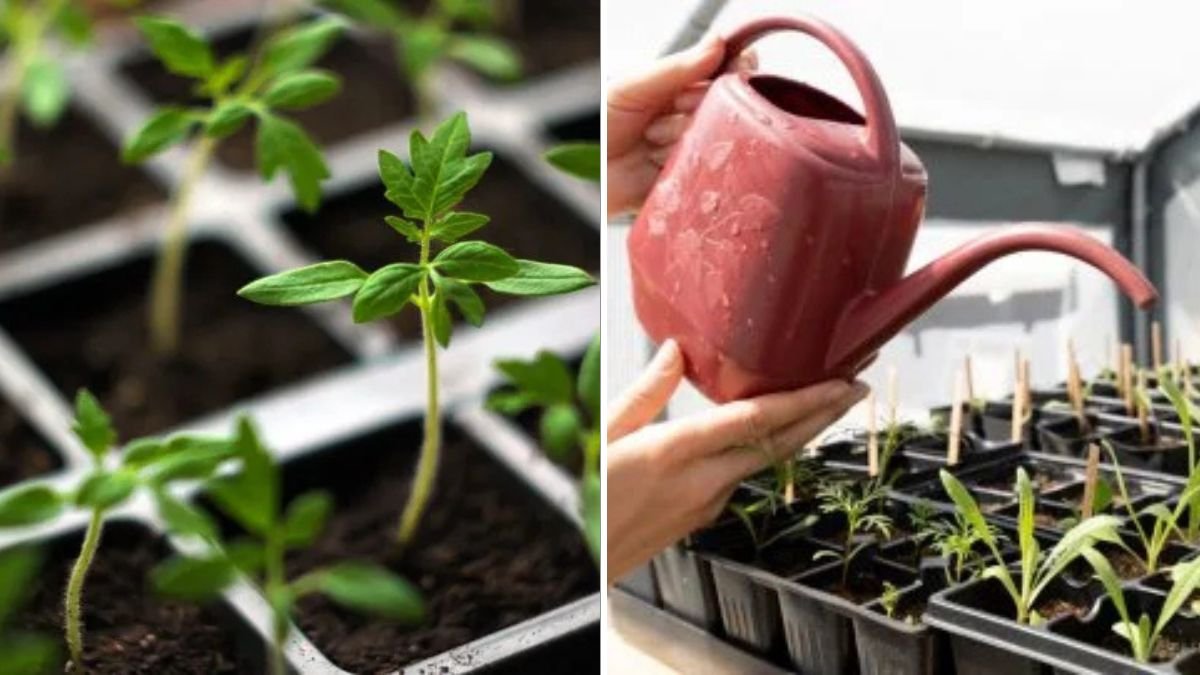The Ultimate Guide to Seed Starting for a Thriving Garden
If you’re dreaming of a thriving vegetable or flower garden, one of the first questions you’ll face is: Should you start your seeds indoors or sow them directly outdoors? It’s a deceptively simple question that can have a big impact on your garden’s success.
Each method—indoor seed starting and direct sowing—comes with its own set of advantages, challenges, and ideal conditions. Choosing the right method depends on your climate, growing zone, plant type, space, and gardening goals.
To help you decide, we’ve consulted gardening experts, agronomists, and seasoned home growers to break down everything you need to know about indoor vs. outdoor seed starting.
Why Seed Starting Matters
Starting from seed gives you:
- A wider variety of plants than you’ll find in garden centers.
- Stronger, healthier plants with proper care.
- A cost-effective way to grow lots of plants.
- A deeper connection with your garden from the very beginning.
But when and where you start those seeds can make or break your season.
Option 1: Starting Seeds Outdoors (Direct Sowing)
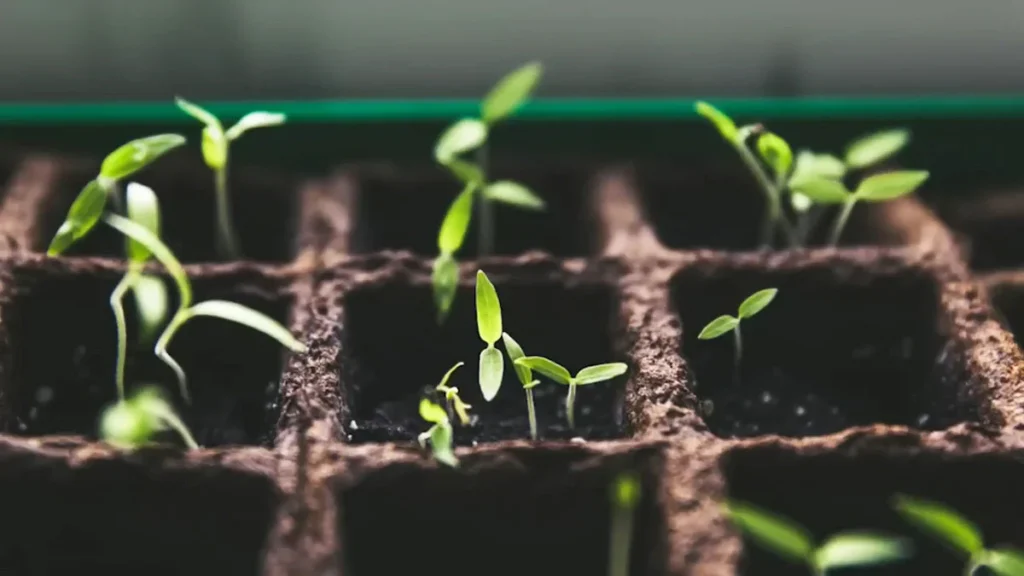
What is Direct Sowing?
Direct sowing means planting seeds straight into your garden soil, where they’ll grow and mature in their final location. This method mimics nature and is preferred for hardy, fast-growing, or root-sensitive plants.
Benefits of Direct Sowing
- Less Transplant Shock
Since the plants grow where they will mature, there’s no stress from moving them. - Fewer Supplies Needed
No trays, grow lights, or indoor space required. - Great for Root Crops
Vegetables like carrots and beets dislike root disturbance. - Low Maintenance Once Planted
As long as your timing and soil are right, seeds will germinate on their own.
Challenges of Direct Sowing
- Weather-Dependent: Germination is affected by soil temperature, rain, and frost.
- Pest Vulnerability: Seeds and sprouts are exposed to insects and birds.
- Weed Competition: Young seedlings may get overshadowed by weeds.
- Slower Start: Plants grow based on outdoor conditions, which may delay harvests.
Best Plants for Direct Sowing
According to the National Gardening Association and Master Gardeners, the following plants thrive with direct sowing:
- Root vegetables: Carrots, beets, radishes, turnips
- Greens: Spinach, arugula, lettuce, kale
- Legumes: Beans, peas
- Corn: Grows best when not disturbed
- Squash, cucumbers, pumpkins: Fast growers that do well when soil warms up
- Sunflowers, zinnias, cosmos: Tough annual flowers that sprout easily outdoors
Option 2: Starting Seeds Indoors
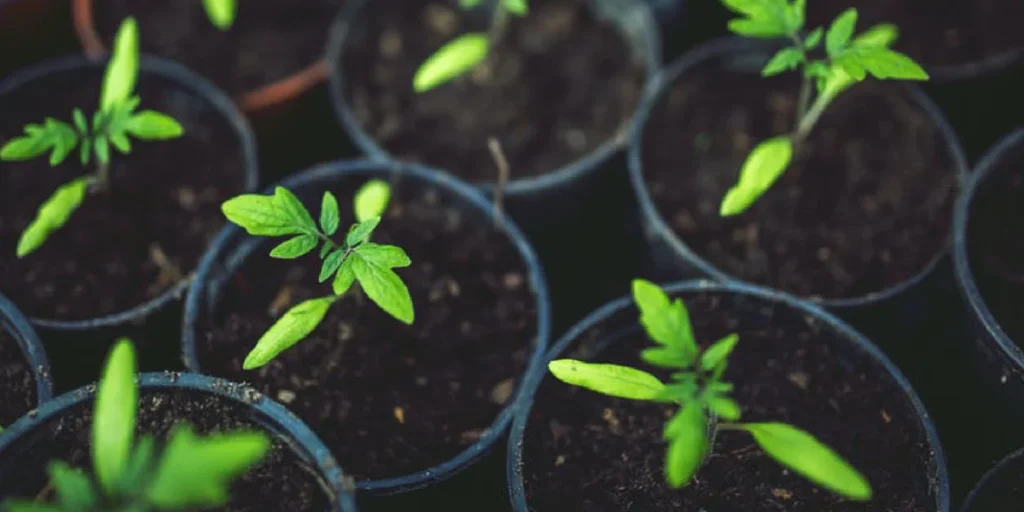
What is Indoor Seed Starting?
Indoor seed starting involves planting seeds in trays or containers inside your home or greenhouse, then transplanting them into the garden after the seedlings grow strong enough.
This method is ideal for long-season crops, tender plants, or areas with short growing seasons.
Benefits of Starting Seeds Indoors
- Extended Growing Season
You can get a head start weeks before the last frost. - Better Control Over Environment
Control light, temperature, and moisture for optimal germination. - Stronger Seedlings
When done right, indoor-started plants are healthier and more resilient at transplant time. - Protection from Pests & Weather
Seeds are safe from wind, rain, and critters in their early stages.
Challenges of Starting Indoors
- Requires Equipment: Seed trays, grow lights, heat mats, etc.
- Needs Space: You’ll need a dedicated, well-lit area for seedlings.
- Risk of Damping-Off: Fungal diseases can kill young seedlings.
- Transplant Shock: Poor hardening off can stunt or kill seedlings.
Best Plants for Indoor Starting
According to expert growers and seed companies like Johnny’s Selected Seeds and Burpee, these plants do best when started indoors:
- Tomatoes: Need 6–8 weeks before transplanting
- Peppers: Slow growers that need warmth and time
- Eggplant: Similar to peppers in growth needs
- Broccoli & Cauliflower: Do better when transplanted
- Cabbage, Brussels sprouts: Prefer a strong head start
- Herbs: Basil, thyme, oregano, parsley
- Flowers: Petunias, snapdragons, marigolds
Factors to Help You Decide: Indoors or Outdoors?
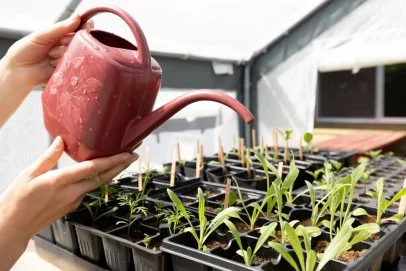
Here are some key questions to ask before choosing your method:
1. What is Your Growing Zone?
If you’re in a northern climate with short growing seasons (zones 3–6), indoor starting is often necessary for warm-season crops like tomatoes and peppers. Southern growers (zones 7–10) may have more flexibility for direct sowing.
2. What’s the Soil Temperature?
Most seeds won’t germinate until the soil reaches a minimum temperature:
- Lettuce, peas: 40–50°F
- Beans, corn: 60°F
- Tomatoes, peppers: 70–80°F (ideal for indoor starting)
Use a soil thermometer in spring to make informed sowing decisions.
3. How Long Is the Crop’s Growing Season?
If the seed packet says the crop needs 80–100 days to mature, you may need to start it indoors to ensure harvest before frost.
4. Is Your Spring Weather Unpredictable?
Frequent rain, late frosts, or wind can destroy directly sown seeds. Indoor starting allows you to dodge that unpredictability.
5. Are You Growing for Early Harvests or Succession Planting?
Indoor-started plants give you a head start. But you can follow them up with direct-sown seeds for later harvests—especially with lettuce, beans, or radishes.
What the Experts Say
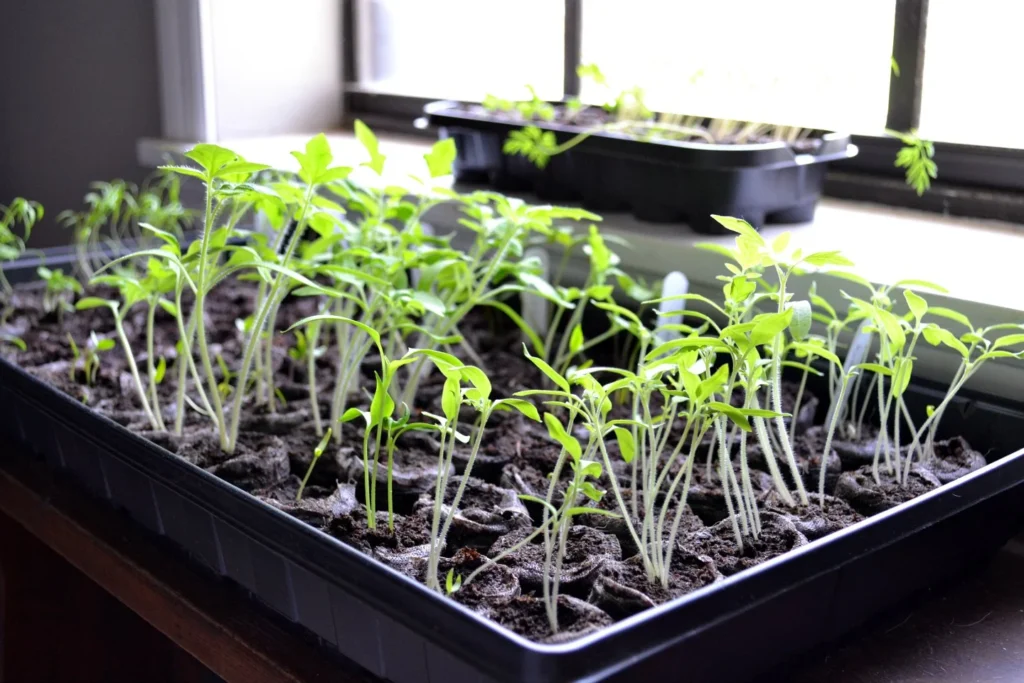
Craig LeHoullier, tomato expert and author of Epic Tomatoes:
“Tomatoes are absolutely worth starting indoors. A strong seedling gives you a jump on the season and higher yields.”
Garden Answer (popular YouTube gardener):
“For things like zinnias or sunflowers, I just throw them straight in the ground—no fuss.”
Farmer Lee Jones, regenerative grower:
“You’ve got to read your soil like a book. Some seeds want to be out there fighting with the elements, others want a little pampering indoors.”
Pro Tips for Success
Starting Indoors:
- Use sterile seed-starting mix to avoid disease.
- Provide 12–16 hours of light with grow lights.
- Keep soil evenly moist—not soggy.
- Harden off seedlings 7–10 days before transplanting outdoors.
Direct Sowing:
- Prep soil by removing weeds and breaking up clumps.
- Water the soil before and after sowing.
- Mark your rows clearly and thin seedlings as they grow.
- Protect young sprouts with row covers or garden mesh.
The Best of Both Worlds: A Hybrid Approach
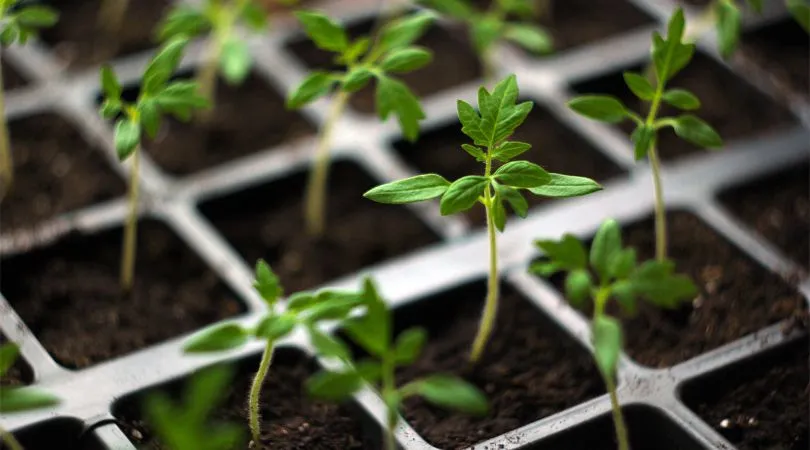
You don’t have to choose one method for your entire garden. Many expert gardeners use both!
Try this:
- Start long-season or heat-loving crops indoors (tomatoes, peppers, eggplant).
- Direct sow quick-growing or hardy crops outdoors (lettuce, beans, radishes).
- Use succession planting to keep the harvest going.
Final Thoughts: Start Smart for a Stronger Garden
So, should you start your seeds indoors or outdoors? The answer is: It depends. Your growing zone, crop type, and garden goals all play a role.
But the great news is—both methods work beautifully when done right. Start indoors for a head start and control. Sow outdoors for simplicity and stronger natural adaptation.
With a little planning and care, your seeds—no matter where they start—can grow into a bountiful, beautiful garden.
